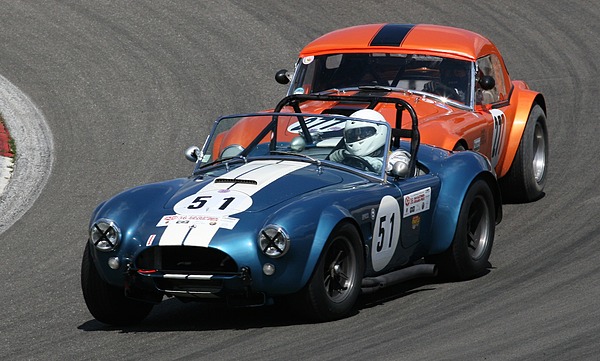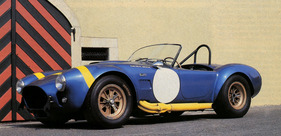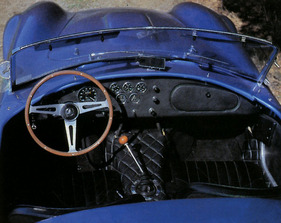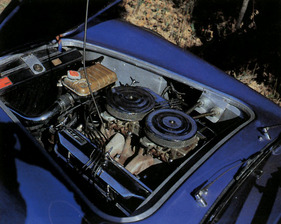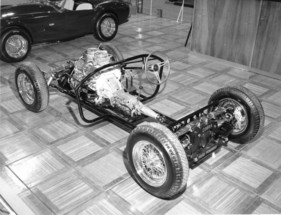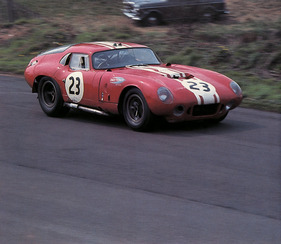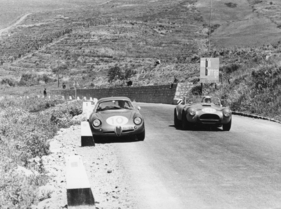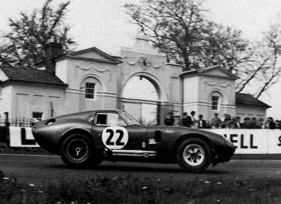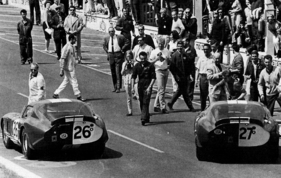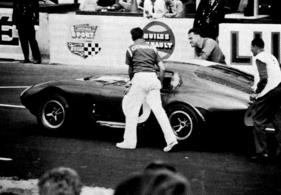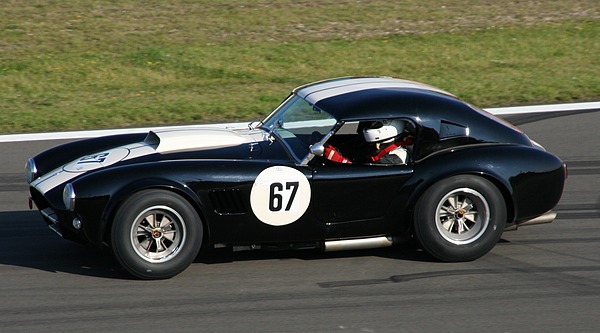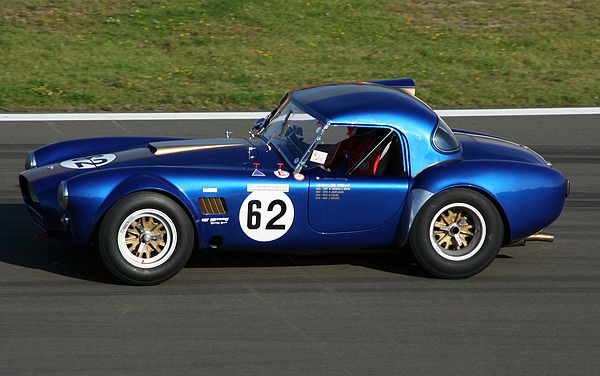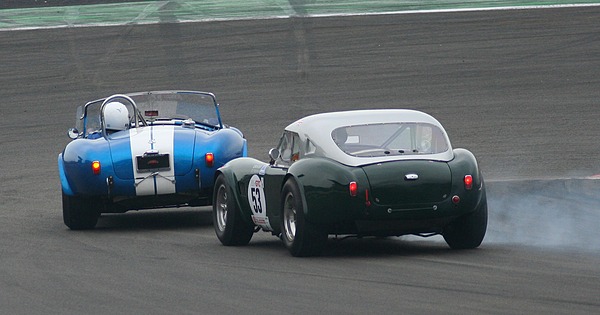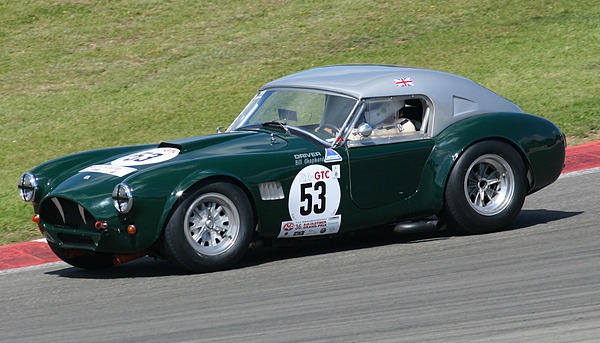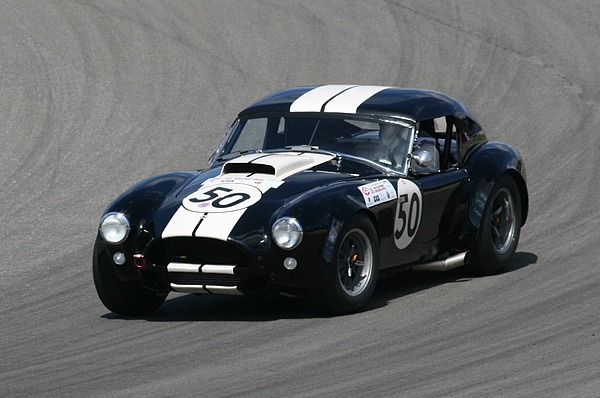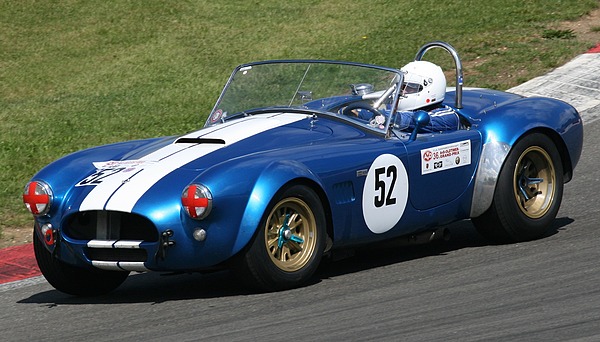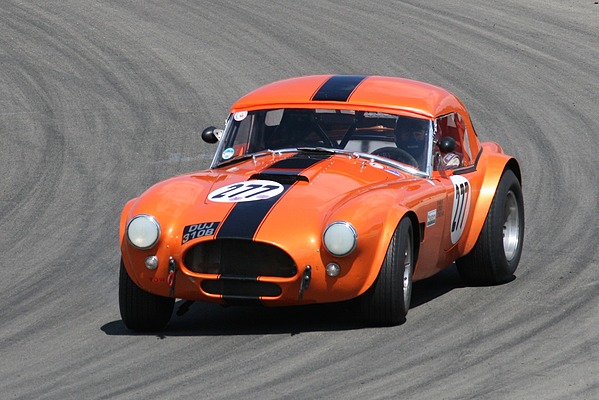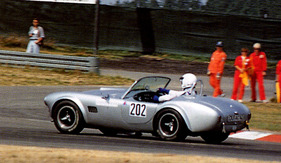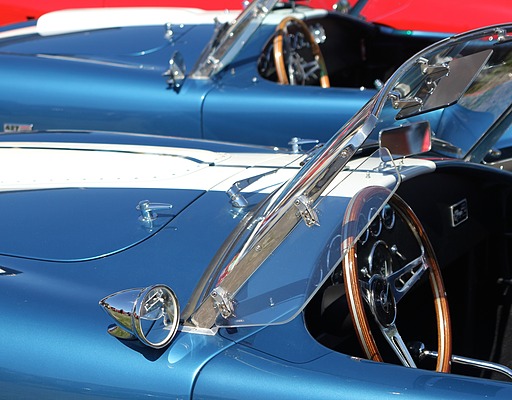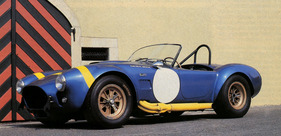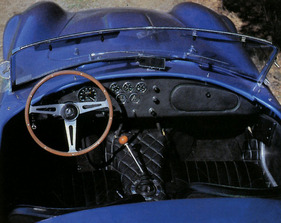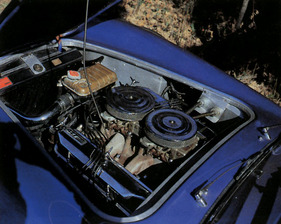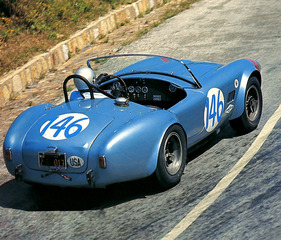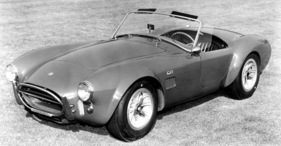AC Cobra - the car with the snake
Summary
In 1959, Carroll Shelby won Le Mans as a driver. Two years later, he had to give up racing. He plunged straight into a new adventure and built a sports car that is a legend today and was a feared opponent on the racetrack from the very beginning. Shelby obtained the engine from Ford after Chevrolet showed no interest. And AC supplied the bodywork after the end of Bristol meant that "fast" engines were no longer available. The very first prototype ran at 240 km/h on the Hangar Straight at Silverstone and the Cobra's racing career soon began. However, it was the Cobra Daytona Coupé that brought the aerodynamic possibilities that ultimately led to the Le Mans victory against the Ferrari Coupés. Shelby soon turned his attention to the GT-40 project, but many more road cars left the factory until the lights went out around 1968.
This article contains the following chapters
- Ford took up every motorsport activity, including Shelby's
- The first prototype
- Production could begin
- The first orders arrive
- Much honor
- Pete Brock's sketches turned the Cobra into true classic racing monsters
- Gurney also had a seat in the coupé
- Ferrari was stronger in the end
- The Daytona monsters made short work of the Ferrari in 1965
- Away from racing, back on the road
- One last real Cobra - the Daytona
Estimated reading time: 15min
Preview (beginning of the article)
Few believed at the time that Carroll Shelby would have to give up car racing. He had won countless SCCA (Sports Car Club of America) races in Allards and Jaguars. In the fifties, he also came to Europe to drive for Aston Martin. But two years after the highlight of his career - winning the 24 Hours of Le Mans in 1959 (with Roy Salvadori in an Aston Martin DBR 1/300) - he had to hang up his helmet on medical advice. Shelby was suffering from angina pectoris. This news struck like a bolt of lightning. Nobody could have imagined it for this tree-tall guy with the leather Texa hat. Well, he lived as intensely as he raced. Nor did he disdain a good drink. In any case, the Americans saw him as the prototype of the steely-eyed Texan racing driver. He looked far too healthy for heart stories.
Continue reading this article for free?
Photos of this article


